Barefoot shoes are super popular in America but are they suited to Scotland’s wetter, muddier climate?
Popularised by the 2009 book Born to Run, barefoot shoes don’t have a heel drop, so your foot lies flat against the ground.
They’re usually lightweight, have plenty of room for the toes to wiggle, and have a thin sole so you can feel the trail beneath you.
That’s all very well on a dusty Colorado trail in warm sunshine. What would they be like up a Perthshire mountain or deep in an Angus glen?
Barefoot brand Xero sent me a pair of Scrambler Mid II boots to try out. These are barefoot shoes with all the features and capability of a traditional hiking boot.
You get a waterproof exterior, deep lugs for gripping in mud, and plenty of ankle protection.
5,000 mile Michelin soles
The soles are made in collaboration with Michelin and come with a remarkable 5,000 mile warranty.
I’ve covered almost a fifth of that distance in six months with the Xero Scrambler Mid II boots and the treads still look as good as new.
What are they like to live with? Well, they’re the most lightweight hiking boots I’ve ever owned. On my feet they felt no heavier than an ordinary pair of trainers.
The thin soles mean you can squish the boots down small, making them compact enough to throw in an overnight bag.
Hiking the Fife Coast
On the Crail to St Andrews section of the Fife Coastal Path they helped my feet hug the narrow trails on steep embankments.
The tide was high during the walk and the easy way was under water so I had to do a bit of scrambling over rocks.
Not once did the boots slip on the wet rocks, giving me plenty of confidence to trust my bodyweight to them.
The waterproof membrane held out the sea nicely when a wave washed over my foot.
They were also lightweight and breathable enough to wear comfortably for a pint in St Andrews Brewing at the end of the hike.
They do look a little utilitarian, however, and don’t transition from mountain to pub quite as fashionably as some boots.
Angus Glens
A few months earlier at the tail end of spring I wore the Xero boots on a couple of days hiking in Glen Clova and Glen Doll.
Along with my two golden retrievers, Bracken and Bonnie, we walked through Corrie Fee and up to the summits of Mayar and Driesh.
After an overnight stay at the Glen Clova hotel we started the day with the short but strenuous ascent to Loch Brandy.
While it was warm on the valley floor there were still patches of snow at higher levels, along with a biting wind.
I was concerned the thin sole might not keep my feet warm but I needn’t have worried. They aren’t quite as minimalist as the most extreme barefoot shoes.
While you can feel the ground beneath you they’re robust enough to prevent heat leaking out. They also offer enough protection that stepping on a sharp stone doesn’t have you yelping.
Xero doubts
Over six months of use the Xero Scrambler Mid II have become my go-to daily hiking and dog walking shoe.
I’ve done several stretches of the Fife Coastal Path in them. I’ve hiked the Angus Glens.
I’ve been in the woods and mountains around Pitlochry, Aberfeldy and Dunkeld. And I’ve had worn them on weekends in Aviemore where they took me deep into Rothiemurchas forest.
They’re not as stiff as more hardcore hiking boots. If you’re going for a multi-day hike in the depths of winter they’re not what I’d choose.
But for a three-season boot that is lightweight and breathable, yet waterproof and grippy, they really hit the spot.
The Xero Scrambler Mid II is on sale with an RRP of £190.
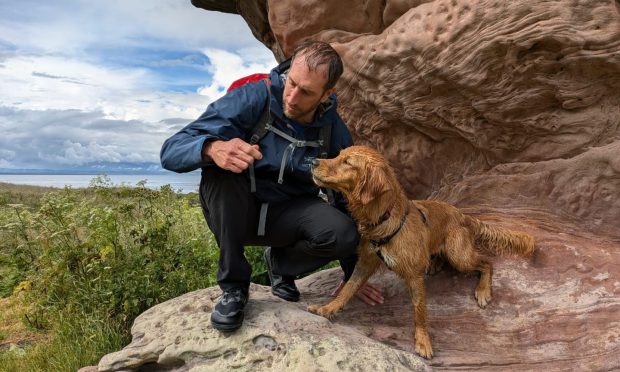
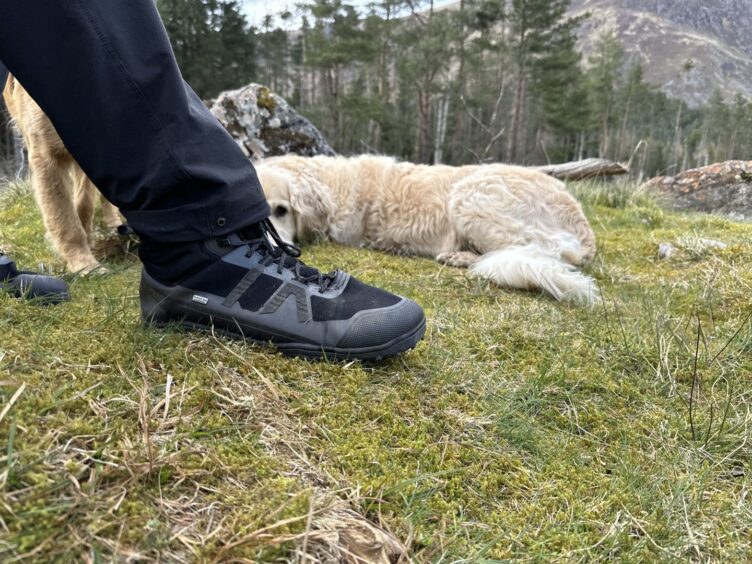
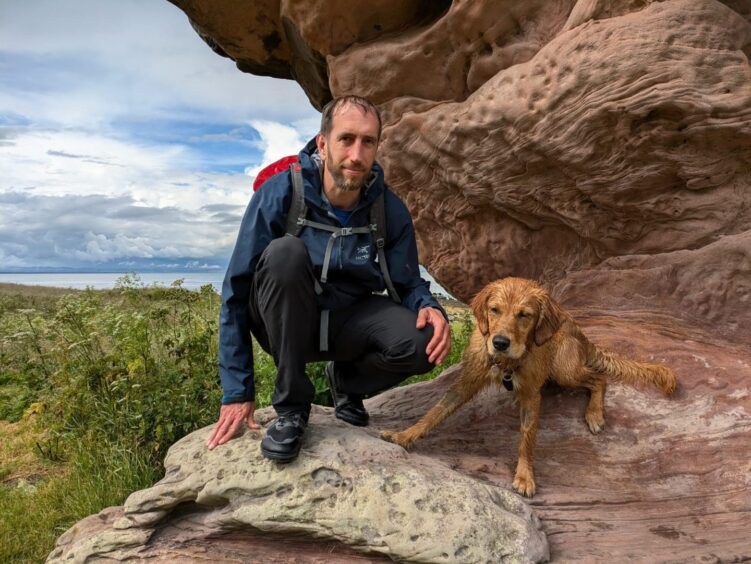
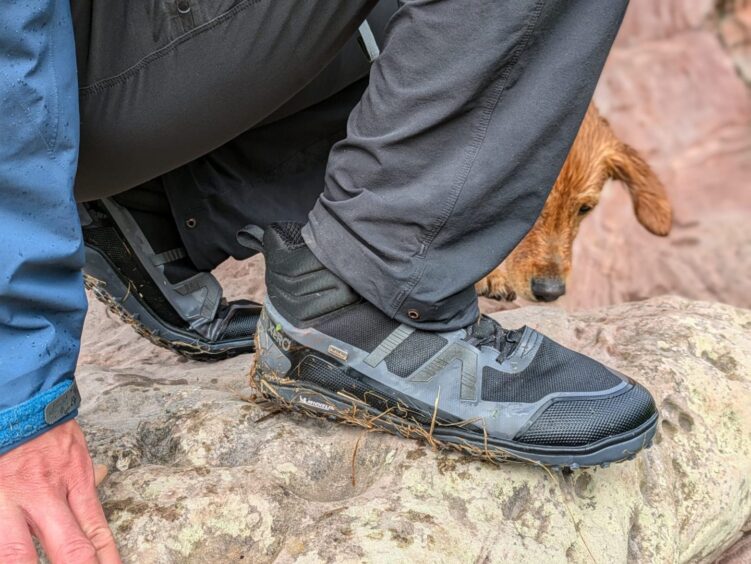
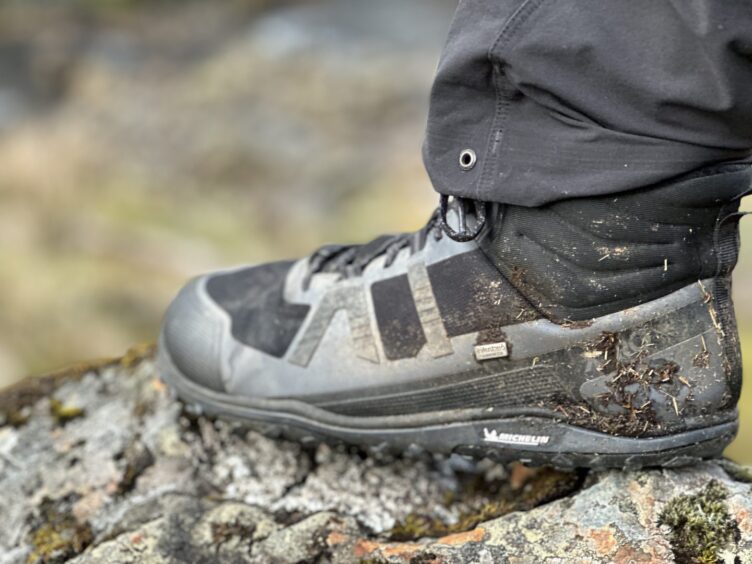
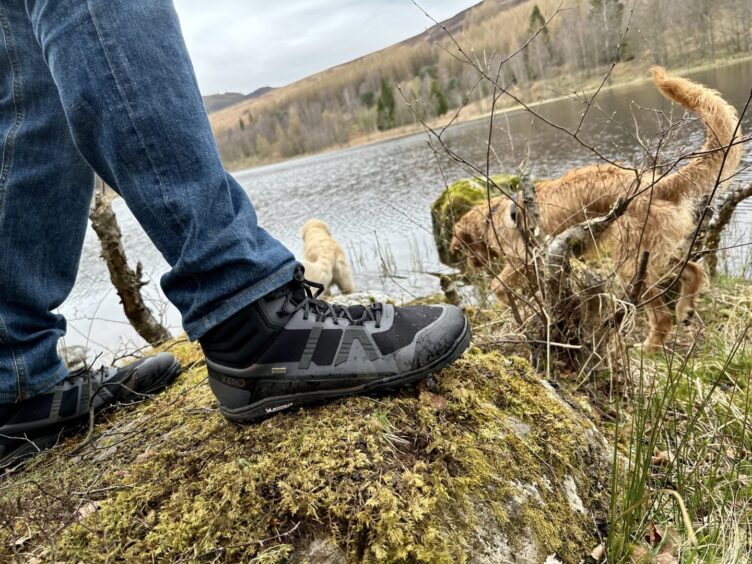
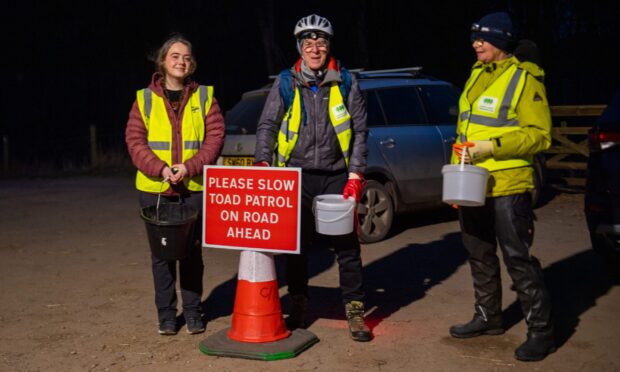
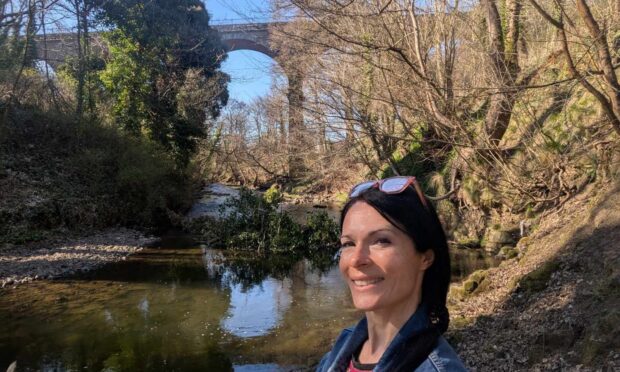
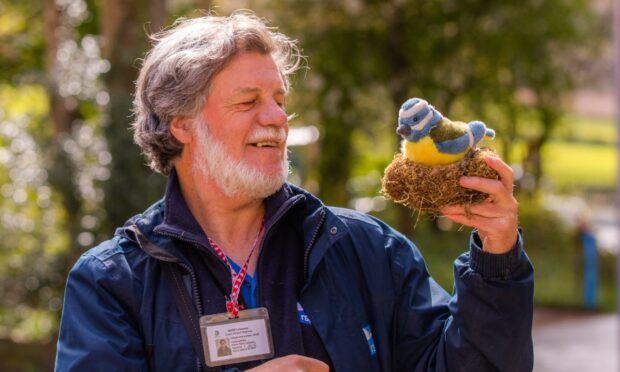

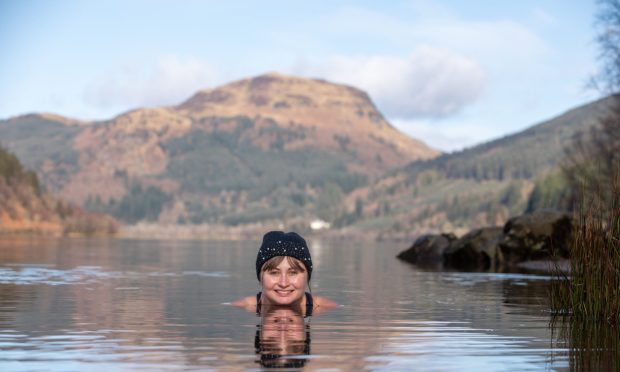
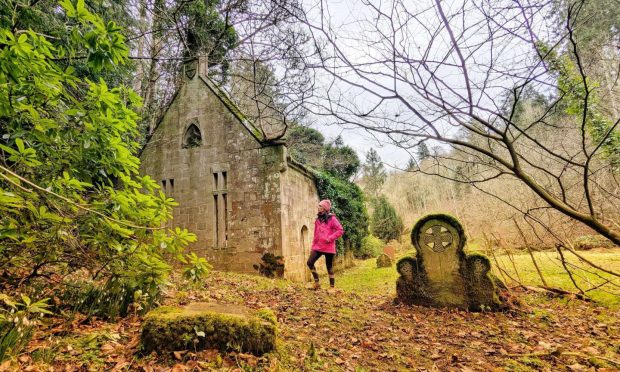
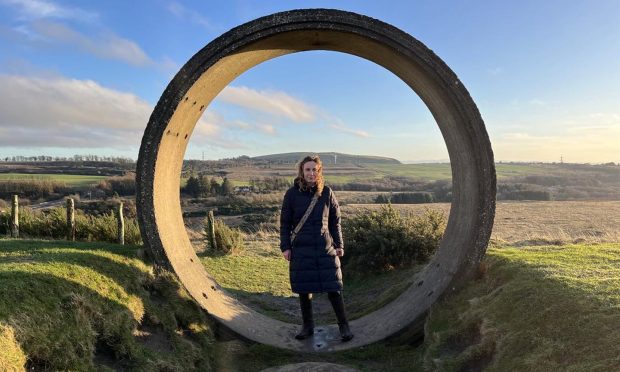

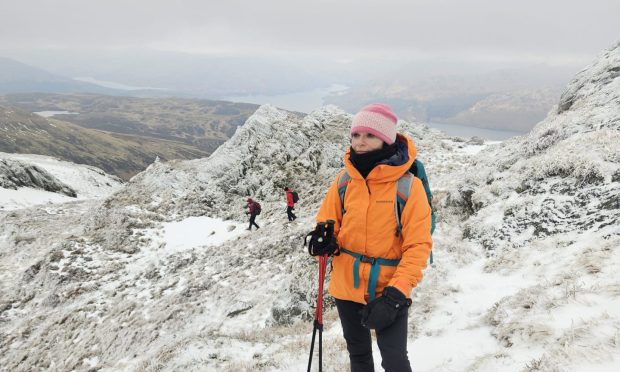
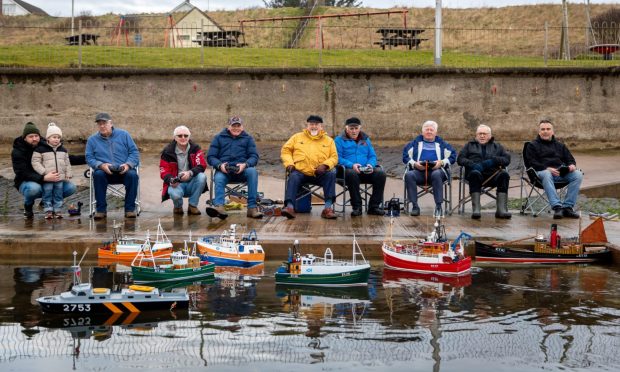
Conversation